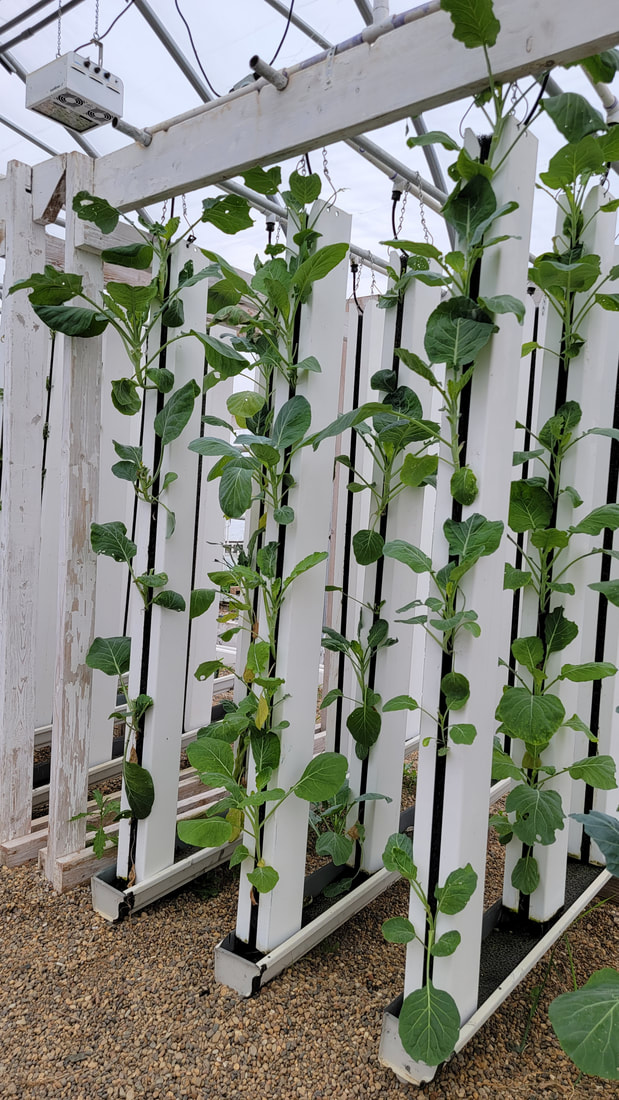
Photo Credit: South Bend Tribune
Photo Credit: ford.com/suvs/mach-e
One of the most significant factors that affect global warming is petroleum usage, either for fuel, single-use plastic items, or packaging for almost all of our everyday things in our house. Please take a look around; it would not take you more than a minute before you find something plastic around your house that you know can not be recycled. However, what if that plastic can be degraded down to its core form and be recycled into new products? That is the mission of FabricNano’s goal of turning microbes into materials that we can then use. However, the explanation is better done by fortune.com than me, so I highly advise you to read up on it further on their site.
The core of this article still comes back to our farm Green Bridge Growers. One of our missions on the farm is to grow sustainably and to help educate those around us about the good it will do for our environment. One of our most cherished systems at the farm is our Aquaponic Greenhouse. This is a closed-loop system between our fish tank’s waste and the filtration ability of the plant. We all know to grow plants, we need fertilizer and water. At our Aquaponic Greenhouse, the vegetables such as kale, lettuce, and chocolate mint all flourish through water from our fish tanks and the fish waste in them. As the water with the waste goes from the top of a growing high tower to the bottom, the water is then cycled back to the fish tank providing the fish with more freshwater. When water levels decrease for the fish, we add more fresh water to the tank and make sure the pH level of the tank stays consistent throughout growing seasons and every few days. As a result of this process, many of the high towers eventually develop a layer of bio-waste around the edge. In some cases, it calcifies the towers on some sides and maintenance is required.
2. The brown stains on the high towers in the calcification left behind from the old plants being grown in it.
3. These are how some of the kale we sell at the farmer's market in Mishawaka is grown. Also the white rectangle is the high towers that we use, with the black mesh inside the tower. The tray at the bottom helps water filter back to the plant.
4. The little black tube at the top is where the waste water will come in from the fish tank.
When it comes to making our community cleaner and helping source food most sustainably, it has to start first at the farm where the food is planted and harvested. But food is part of the bigger picture, and our technology has a long history of massive carbon footprint. It would be great to see in the next ten years that we will move from fuel-based cars to more electric-friendly vehicles with just as much power and efficiency. This also applies to the plastic that we use and the food that large agricultural farms mass-produce. I can go through the channels in stores to support more businesses that grow organically, like our farm Green Bridge Growers. Along with that, I want to save up enough funds to get myself an electric vehicle in the next five years. But lastly, I want to spread the word of what the possibilities of FabricNano are working towards so that people can help raise funds for the company if a biodegradable future is possible.
--Leo Zheng





 RSS Feed
RSS Feed
